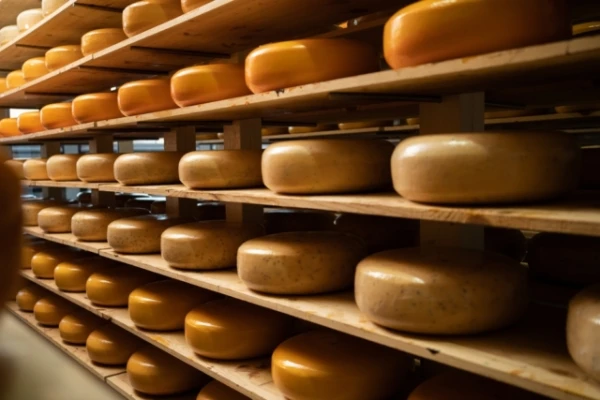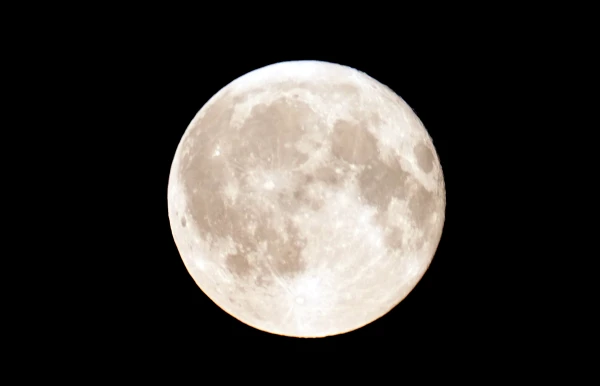
In the U.S., several hundred meters underground lies an unusual storage facility—the so-called "cheese caves," where the government keeps about 635 million kilograms of cheese.
The origins of this phenomenon date back to the 1970s, when, following an economic crisis and inflation, the authorities allocated two billion dollars to support the dairy industry, leading to overproduction.
The government purchased excess amounts of cheese—a product suitable for long-term storage—and placed it in hundreds of warehouses across the country. However, over time, problems arose: the products began to spoil, and subsidies undermined market mechanisms. In the 1980s, some of the stock was directed to low-income families and charitable organizations, but not all products were of high quality.
By the early 1990s, the program was phased out, but in 2016, stocks once again reached record levels—almost 1.4 billion pounds of cheese remained in storage.
The so-called cheese caves are former limestone mines that are ideal for storing long-lasting products due to their stable temperature and humidity.
The overproduction of dairy raw materials is linked to seasonal fluctuations in demand and the peculiarities of American food policy. While the distribution of stocks helps combat food insecurity, surpluses contribute to greenhouse gas emissions and create new challenges for the market and the country's ecology.















Leave a comment